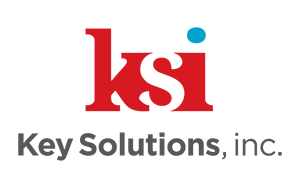Remember 5th grade English Class?
Learning to write essays meant being handed a topic you didn’t like, being given an impossible deadline, being forced to write, edit and revise multiple times, and getting irrational comments from the teacher who clearly hated you.
It also meant using the building blocks of every successful document: the “5 Ws” and their cousin “H” — Who, What, Where, When, Why, and How.
This sounds a lot like writing proposals, doesn’t it?
But rearranging the order in which we think of the building blocks can be the difference between writing a proposal that is merely compliant and complete, and writing one that is also competitive, compelling, and customer-focused.
One of the first things to consider is that no one — especially the evaluators — want to spend a lot of time plowing through a dense, weighty proposal, any more than you want to spend time writing one. So you need to get their attention right away, and then keep it.
Consider this metaphor: when sorting through your mail, first you put it into two piles, for Keep and Toss. Doing that, your thoughts probably run along the lines of, “What is this?” and “Why should I care?” If you don’t get a good answer right away, you probably toss the item. But if you find those answers and you’re still interested, you might think, “How can I get it?” Last, you might wonder, “Who are these guys, anyway?” Pieces that keep your attention this long have a good chance of getting serious consideration.
This same can be said of the evaluators scoring proposals. First they’ll toss (or at least put off until later) the ones without ready answers — the ones that are non-compliant, or not obviously compliant. They’re certainly not compelling. They don’t address the customer’s needs at all.
Then the evaluators will spend the bulk of their time with the “keepers,” returning to the others only briefly at the end (if ever).
Clearly, you want their attention early, and often. To reach the top of the Keep pile, go back to your 5th grade lessons, but modify the order:
- What — your solution is driven by the RFP so it’s critical to be compliant.
- How — your approach distinguishes you from others. Detail the complete processes, steps, and activities that accomplish your solution. Provide performance measures and criteria to make a compelling success story.
- Why — your solution rationale must be compelling, supported by proof points and past performance. Your price must be competitive.
- When — your schedule must also be competitive, meeting or exceeding transition and milestone objectives.
- Where — your facilities must be compliant with all access and security clearance requirements.
- Who — your proposal should be customer-focused. Describe the benefits they’ll see in terms of efficiencies, savings, improvement, or reliability. This is about the customer, not you, so while you describe your personnel and their responsibilities, always stress how they will help achieve the customer’s goals.


Love this Carol!